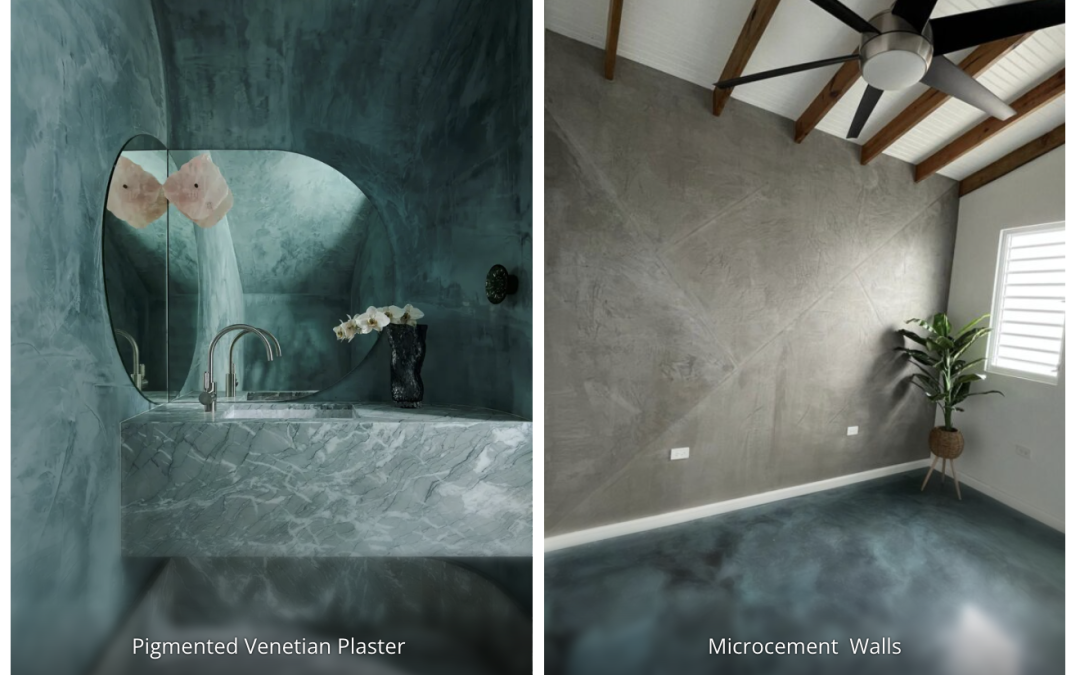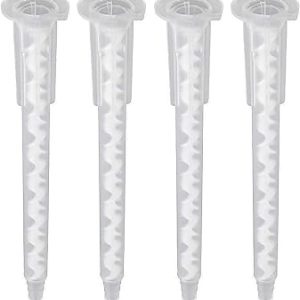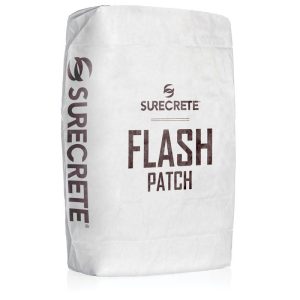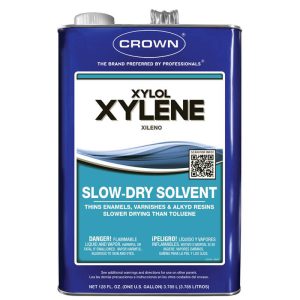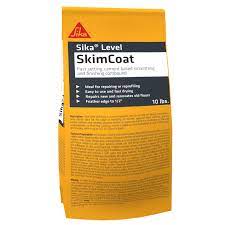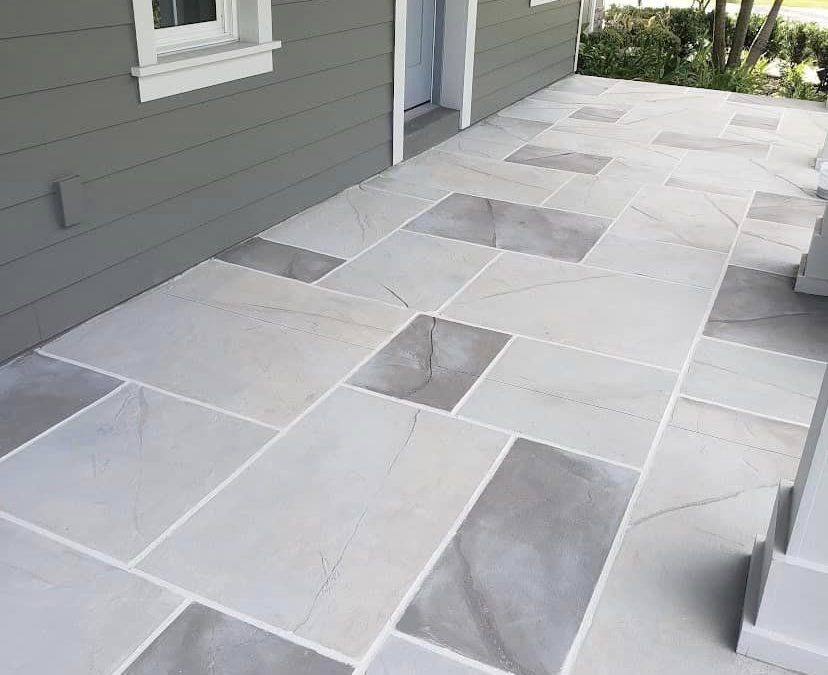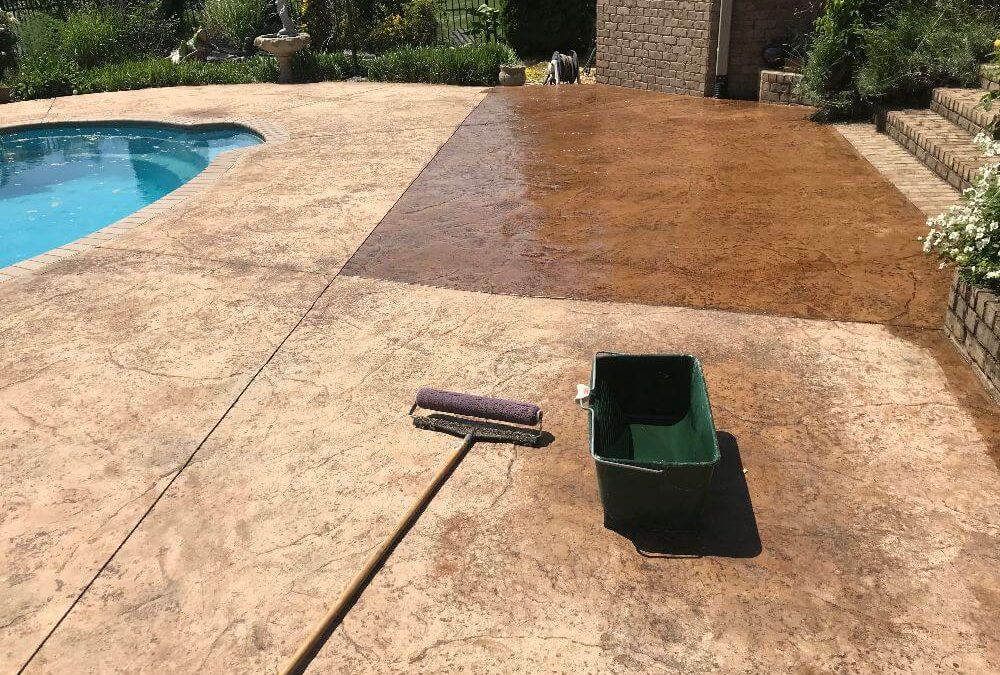Denatured Alcohol Handling information
Electrostatic charge may accumulate and create a hazardous condition when pumping and handling this material. Review all operations which have the potential of generating and accumulating an electrostatic charge and/or a flammable atmosphere (including tank and container filling, splash filling, tank cleaning, sampling, gauging, switch loading, filtering, mixing, agitation, and vacuum truck operations) and use appropriate mitigating procedures. Ensure electrical continuity by bonding and grounding (earthing) all equipment. Avoid splash filling. Do NOT use compressed air for filling, discharging or handling operations. Avoid free fall of liquid. Ground containers when transferring. Empty container very hazardous! Do not flame cut, saw, drill, braze, or weld. Continue all label precautions. Keep in fireproof surroundings. Keep separated from strong oxidants, food and feedstuffs. Keep cool. Do not store above 49 C/120 F. Keep container tightly closed and upright when not in use to prevent leakage. Store containers in a cool, dry location, away from direct sunlight, sources of intense heat, or where freezing is possible. Material should be stored in secondary containers or in a diked area, as appropriate. Store containers away from incompatible chemicals (see Section 10, Stability and Reactivity). Post warning and NO SMOKING signs in storage and use areas, as appropriate. Empty containers should be handled with care. Never store food, feed, or drinking water in containers which held this product.
Disposal information
Crown Denatured Alcohol disposal must be in accordance with all federal, state, provincial, and local if in doubt, contact proper agencies.
Denatured Alcohol First Aid
Eye Contact: If this product enters the eyes, check for and remove any contact lenses. Open eyes while under gently running water. Use sufficient force to open eyelids. “Roll” eyes to expose more surface. Minimum flushing is for 15 minutes. Seek immediate medical attention.
Skin Contact: If the product contaminates the skin, immediately begin decontamination with running water. Minimum flushing is for 15 minutes. Remove contaminated clothing, taking care not to contaminate eyes. If skin becomes irritated and irritation persists, medical attention may be necessary. Wash contaminated clothing before reuse, discard contaminated shoes.
Inhalation: After high vapor exposure, remove to fresh air. If breathing is difficult, give oxygen. If breathing has stopped, trained personnel should immediately begin artificial respiration. If the heart has stopped, trained personnel should immediately begin cardiopulmonary resuscitation (CPR). Seek immediate medical attention.
Ingestion: Do not induce vomiting. GET MEDICAL ATTENTION IMMEDIATELY. If person is fully conscious give 1 cup or 8 ounces of water. If medical advice is delayed and if an adult has swallowed several ounces of chemical, then give 3-4 ounces (1/3-1/2 cup) (90-120 ml) of hard liquor such as 80 proof whiskey. For children, give proportionally less liquor at a dose of 0.3 ounce (1 1/2 tsp) (8 ml) liquor for each 10 pounds of body weight, or 2 ml per kg body weight (for example: 1.2 ounce (2 1/3 tablespoon) for a 40 pound child or 36 ml for an 18 kg child).
First Responders: Victims of chemical exposure must be taken for medical attention. Rescuers should be taken for medical attention, if necessary. Take a copy of label and SDS to physician or health professional with victim.
Notes to Physician: In cases where several ounces (60 – 100 ml) have been ingested, consider the use of ethanol and hemodialysis in the treatment. Consult standard literature for details of treatment. If ethanol is used, a therapeutically effective blood concentration in the range of 100 – 150 mg/dl may be achieved by a rapid loading dose followed by a continuous intravenous infusion. Consult standard literature for details of treatment. 4-Methyl pyrazole (Antizol TM) is an effective blocker of alcohol dehydrogenase and should be used in the treatment of ethylene glycol, di- or triethylene glycol, ethylene glycol butyl ether, or methanol intoxication if available. Fomepizol protocol (Brent, J. et al, New England Journal of Medicine, Feb 8, 2001, 344:6, p. 424-9): loading dose 15 mg/kg intravenously, follow by bolus dose of 10 mg/kg every 12 hours; after 48 hours, increase bolus dose to 15 mg/kg every 12 hours. Continue fomepizol until serum methanol, EG, DEG, or TEG are undetectable. The signs and symptoms of poisoning include anion gap metabolic acidosis, CNS depression, renal tubular injury, and possible late stage cranial nerve involvement. Respiratory symptoms, including pulmonary edema, may be delayed. Persons receiving significant exposure should be observed 24-48 hours for signs of respiratory distress. Maintain adequate ventilation and oxygenation of the patient. In severe poisoning, respiratory support with mechanical ventilation and positive end expiratory pressure may be required. Chemical eye burns may require extended irrigation. Obtain prompt consultation, preferably from an ophthalmologist. If lavage is performed, suggest endotracheal and/or esophageal control. Danger from lung aspiration must be weighted against toxicity when considering emptying the stomach. Treatment of exposure should be directed at the control of symptoms and the clinical condition of the patient.
